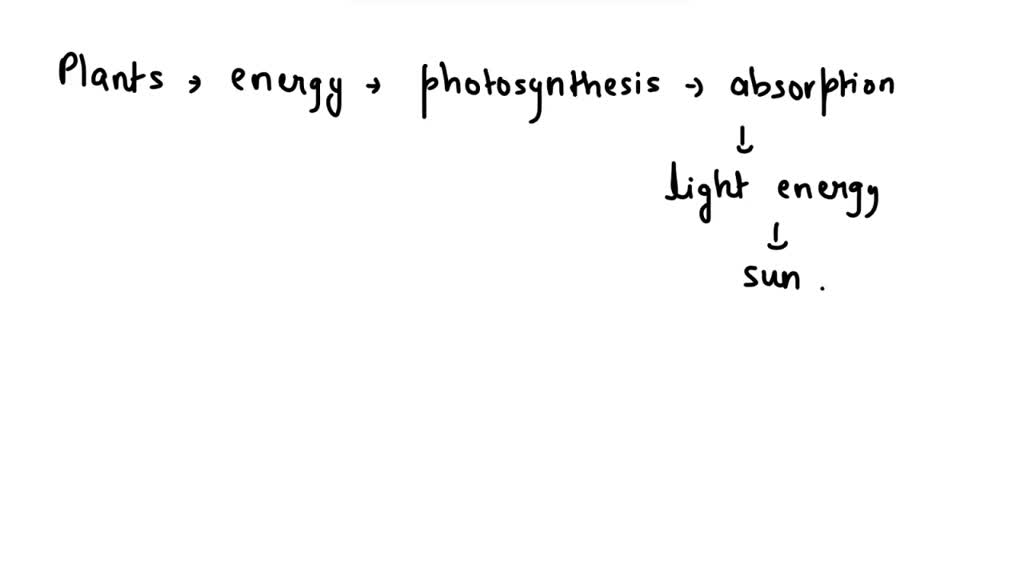The interplay between energy absorption and particle behavior is a cornerstone of both classical and quantum physics, encapsulating profound implications across various scientific disciplines. At the crux of this phenomenon lies a discussion concerning how particles—subatomic entities like electrons and photons—respond when they encounter energy. This exploration entails an understanding of the nature of energy, the types of particles involved, and the consequential outcomes of energy interaction. In essence, when particles absorb energy, they undergo transformations that can be as subtle as an orbital shift or as drastic as a phase transition.
To comprehend what happens to particles upon absorbing energy, one must first delineate the types of particles involved. Energy is predominantly absorbed by photons (light particles), electrons, and atoms. Each category exhibits unique behavior under energy application. Photons, for example, can transfer energy to electrons in atoms, causing the electrons to transition to elevated energy states, a process frequently illustrated in the context of photosynthesis in plants. When light energy is absorbed, it enables the conversion of carbon dioxide and water into glucose and oxygen, illustrating how essential energy absorption is to life.
Upon absorption, photons can induce various phenomena depending on the medium and the conditions present. In simpler terms, light can excite electrons within an atom or molecule, causing them to leap from their ground state, characterized by low energy, to an excited state, where they reside at higher energy levels. This excitation can lead to several outcomes. First, if the photon absorbed provides sufficient energy, it may result in an electronic transition. The excited electron, in its exuberance, may seek to return to its ground state, a process often accompanied by the emission of a photon. This interplay of energy absorption and emission fuels processes in many biological systems, including vision and photosynthesis.
The details of particle behavior upon energy absorption unveil layers of complexity, particularly when quantum mechanics come into play. Quantum states exhibit discreteness; that is to say, electrons exist in quantized energy levels. When an electron absorbs energy equivalent to the energy difference between two quantum states, it transitions to a higher state. Notably, the energy absorbed must match the energy gap between these states precisely—this condition is encapsulated in the principle of resonance. In many systems, particularly in atomic and molecular absorption spectra, mismatched energy leads to inapplicability, emphasizing symmetry and precision within particle physics.
Consider the interplay of electrons within a semiconductor material, a crucial component of modern electronic devices. When these electrons absorb energy—via photons, thermal energy, or electric fields—they can be elevated to conduction bands. The conduction band allows electrons to move freely, thereby conducting electricity. This principle forms the basis of how solar cells operate, utilizing the absorption of solar energy to generate electric power. Through this lens, we witness a practical manifestation of energy absorption translating to functional electricity—a clear connection between cosmic phenomena and human technological advancements.
Moreover, examining energy absorption extends into thermal dynamics. When particles absorb thermal energy, electrons can gain kinetic energy, leading to increased motion. As temperature rises, the intensity of particle collisions increases, facilitating heat conduction. These dynamic interactions serve to illustrate the underlying principles governing statistical physics, elucidating how macroscopic temperature is a consequence of myriad microscopic motions and interactions.
In systems exhibiting phase transitions—such as solids transitioning to liquids or liquids to gases—energy absorption becomes fundamentally transformative. Here, particles, when absorbing energy, disrupt their established order. In solids, for instance, the orderly lattice structure of atoms must undergo a reorganization as they gain energy and transition into a liquid state, where atoms experience more freedom of movement. The absorption of a critical amount of energy allows particles within a substance to attain a sufficient level of kinetic energy to overcome intermolecular forces, resulting in a newfound state of matter. This principle is quintessential in understanding climate dynamics, thermodynamics, and material science.
An engaging facet of particle energy absorption is its connection to the principles of thermodynamics—particularly the laws governing energy transfer and conservation. Energy cannot be created or destroyed, only transformed. This axiom has profound implications both for natural phenomena and engineered systems. For instance, in photosynthesis, the energy absorbed from sunlight is converted into chemical energy stored in glucose, illustrating nature’s mastery in energy transformation. The intricate nexus of energy absorption among particles thus accents the elegance of biological processes that sustain life on Earth.
The underlying reasons for fascination with this topic reside in its universal applicability and the myriad ways it shapes our reality. From the resonance of interstate transitions in atoms, which elucidate the vibrant colors we perceive, to the energetic particles that power our cities, the absorption of energy catalyzes vital processes. The realization that the minute behavior of particles has far-reaching implications invites a deeper appreciation of the intricate web of interactions that defines our universe.
In summary, when particles absorb energy, they embark on a transformative journey poised between the microscopic and macroscopic realms. From subtle electronic transitions and resonant interactions to expansive transformations during phase changes, energy absorption unfolds a narrative steeped in scientific richness. The ability of particles to absorb energy and the subsequent implications merits a comprehensive inquiry into the fundamental tenets of physics, biology, and beyond.












